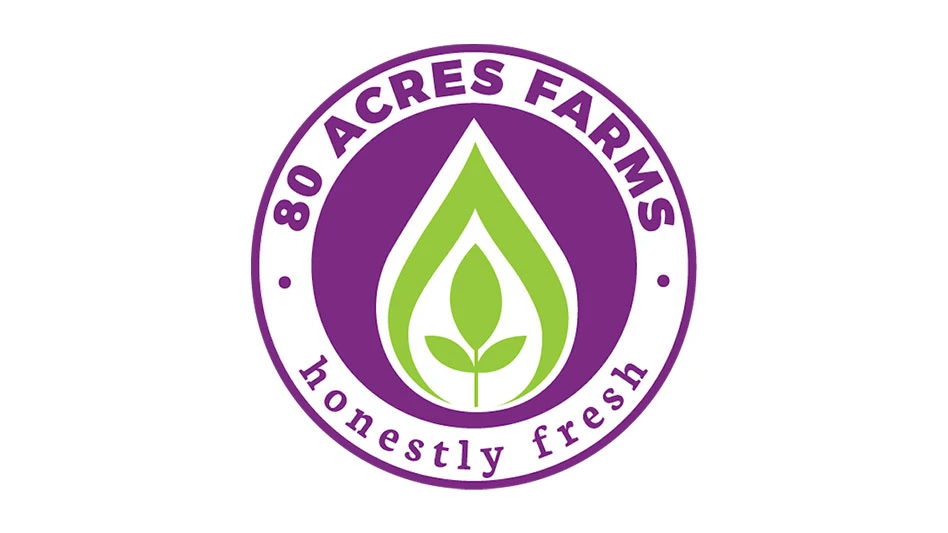
 How does Salmonella contaminate tomatoes? That question is driving research by Ohio State University scientists and their Canadian collaborators as they work to find ways to ways to control the problem.
How does Salmonella contaminate tomatoes? That question is driving research by Ohio State University scientists and their Canadian collaborators as they work to find ways to ways to control the problem.
Between 1990 and 2006, at least a dozen multistate outbreaks of salmonellosis were traced to tomatoes, accounting for an estimated 79,600 illnesses, according to the Centers for Disease Control and Prevention. Furthermore, fresh produce-related foodborne illness outbreaks increased 20-fold from the 1970s to the 2000s, with Salmonella accounting for nearly half of them, according to Gireesh Rajashekara, principal investigator of the study and a food safety researcher at Ohio State’s Ohio Agricultural Research and Development Center (OARDC), the research arm of the university’s College of Food, Agricultural, and Environmental Sciences.
Rajashekara is working with Sally Miller, a plant pathologist at OARDC, and Corey Nislow at the University of British Columbia, and the research is being funded by a three-year, $500,000 grant from the USDA’s Agriculture and Food Research Initiative.
Understanding and preventing the problem is critical, says Rajashekara, who explains that when contamination occurs and bacterium enters the plant tissue, and the bacterium encounters an environment in which it can thrive, it’s difficult if not impossible to eradicate the contamination before fresh tomatoes are sold and consumed.
The researchers are looking specifically at one type of Salmonella, S. typhimurium.
“Tomatoes are not a natural host for Salmonella, so to survive, the bacteria need nutrients, and the plant needs to be damaged in some way to facilitate bacterial survival,” says Rajashekara.
“We are looking at physical, chemical, and biological factors to [determine] what might be helping Salmonella persist in plant tissues.”
As part of this effort, two techniques are being combined. One is the use of an in-vivo imaging system, a state-of-the-art digital device at OARDC that uses luminescence to show in real time how the bacteria interact with tomato seedlings under different conditions.
In addition, researchers will be drawing upon Nislow’s comprehensive genome-wide screening of Salmonella to identify what conditions or treatments could keep the bacteria from proliferating, while defining the underlying molecular pathways to understand how that works.
Rajashekara says the study aims to examine the effects of humidity, temperature and plant pathogen infection on the internalization, spread, and persistence of S. typhimurium in tomato plants.
“We can use the bioluminescent imaging to actually monitor the movement of Salmonella in the tomato leaves, stems, fruits, and roots,” Rajashekara says. “We’ll infect the seedlings under different environmental conditions or with one of two plant pathogens that we hypothesize cause the plant to make nutrients available to the Salmonella; otherwise the bacteria wouldn’t be able to survive.”
This will allow monitoring of the plants once or twice daily over time to see if the bacteria are spreading, or not.
Another aim is to identify–using Nislow’s screening technique – vulnerabilities in Salmonella that could be exploited. For this, researchers create thousands of mutations in Salmonella that are molecularly barcoded to be used in automated tests, or screens.
Researchers know what these mutants are missing in their genomes, so when they react to different stressors, the molecular barcode tags show what gene is affecting the reaction. Results are immediately logged into a database.
Of the 5,000 compounds screened, about 10 have been found to inhibit growth of Salmonella in the lab.
“We want to look at how they work on the tomato plant, on tomato seed, and on the tomato itself,” Rajashekara says. “Perhaps they could be used as a spray, much like a bactericide, in order to prevent contamination.
Stay tuned.
Martha Filipic is technical editor at Ohio State University Extension.
Contact Gireesh Rajashekara at rajashekara.2@osu.edu.
Get curated news on YOUR industry.
Enter your email to receive our newsletters.
Explore the December 2013 Issue
Check out more from this issue and find your next story to read.
Latest from Produce Grower
- University of Evansville launches 'We Grow Aces!' to tackle food insecurity with anu, eko Solutions
- Lawsuit challenges new H-2 visa rules
- Q&A: Sandra Eskin Leads Food Safety Advocacy Organization, STOP, as CEO
- Find out what's in FMI's Power of Produce 2025 report
- The Growth Industry Episode 3: Across the Pond with Neville Stein
- Martin A. Makary Sworn in as FDA Commissioner
- PG CEA HERB Part 2: Analyzing basil nutrient disorders
- LettUs Grow, KG Systems partner on Advanced Aeroponics technology





